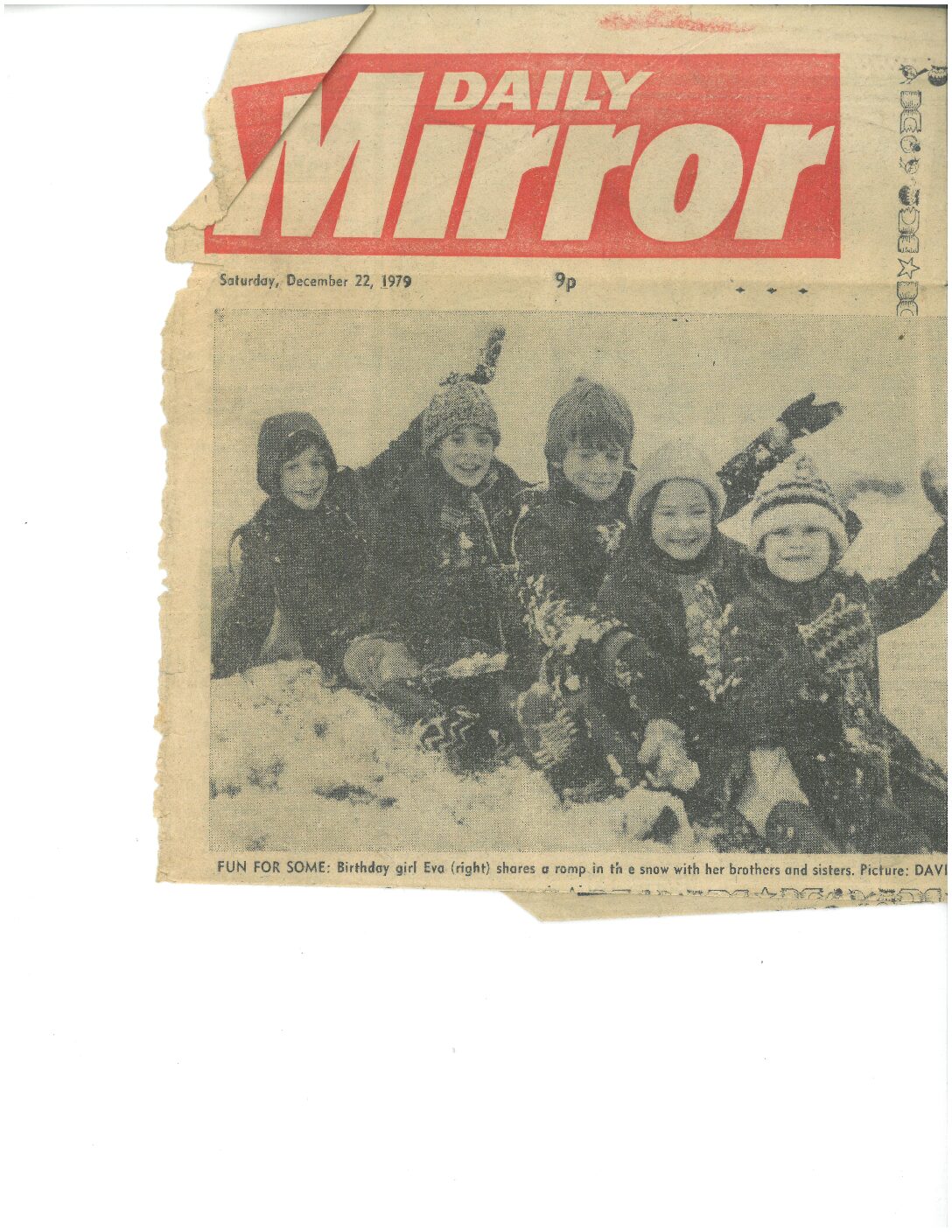Men of the Battle of Britain
‘Men of the Battle of Britain’ is generally considered to be the definitive guide to the pilots who defended our country during the summer of 1940. Recently, however, the stories of three young pilots who had been omitted from the account have been brought to light and added by author Kenneth G. Wynn.
Charles Ogilvy trained approximately 120 men to fly and also executed two missions in Spitfires. He spoke little of his war service and it was only after his death in 1995 that his daughter began to uncover the true extent of his service and managed to get his name added to the Battle of Britain monument in London. Charles eventually flew Lancasters as Squadron Leader for Bomber Command and dropped food supplies over Holland at the end of the war.
John Strawson, from Nottingham, joined the RAF in 1938 and had a number of close calls during his service. He was shot down in 1940 near the Thames estuary and crash landed in East Lothian a year later. He flew over twenty sorties in Kittyhawks before being killed in a landmine explosion on 16th November, 1942. He was buried in the war cemetery in Libya.
The third pilot, Herbert Kitchener, had perhaps the most eventful war, starting off by engaging the enemy in desperate dogfights over the skies of Norway and ending it with a fractured skull and a broken arm.
Herbert was born in Crowborough and finished his education in Uckfield in 1914, before joining the RAF Volunteer Reserve in 1937. When war broke out, he was sent to Norway, where he shot down seven enemy planes in extremely difficult conditions. After his time in Norway came to an end, Herbert did not embark on the doomed Glorious aircraft carrier, which was sunk by enemy action, instead being sent to defend the south west of England. It was whilst successfully repelling an attack by a Junkers aeroplane off Land’s End that Herbert’s plane sustained serious damage to both engines. In an attempt to minimise the damage to the aircraft, Herbert managed to get the plane to Predannack airfield in Cornwall, but unfortunately had to crash the plane. He was rescued from the wreckage before the fuel caught fire, but he had already sustained head injuries and a broken arm.
Herbert finished the war as an aeroplane accident investigator, whereupon he was discharged and returned to working in local government. He was awarded the Distinguished Flying Medal for his services in Norway, a fitting accolade for men who performed such feats of bravery.
Michael Taylor – Crowborough





Comments